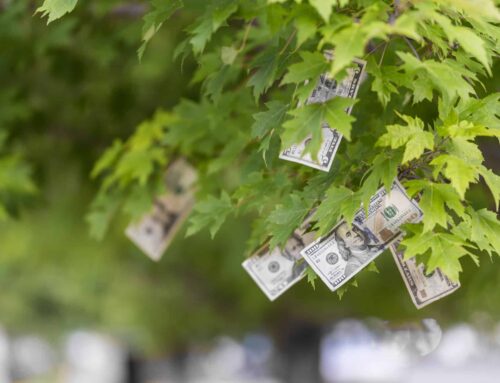Defenders of agricultural subsidies at all costs are starting to feel the heat.
Yesterday, professors from Ohio State University, University of Illinois, and Kansas State University offered up a list of ways to cut costs from the most expensive taxpayer support for agriculture – the highly subsidized crop insurance program. Carl Zulauf, Gary Schnitkey, and Art Barnaby – the author of several modern-day crop insurance policies – offered nine reforms that could save taxpayers billions over the next decade.
One would think that a $16.5 trillion national debt, near record farm profits, and a record $14 billion crop insurance cost last year would be enough incentive for House and Senate Agriculture Committees to reduce the federal taxpayer’s burden for subsidizing crop insurance. But that’s not how they operate. Instead of finding ways to reduce costs for crop insurance, the agriculture committees are actually trying to spend even more by mandating crop insurance be expanded for special interests, including producers of catfish, popcorn, peanuts, and poultry producers who lose business because of such things as contaminated food recalls, amongst others. And they’re trying to create brand new entitlement programs, so-called “shallow loss” programs, because taxpayers covering almost 2/3 the premiums in crop insurance that guarantees revenue for profitable agribusinesses, just isn’t enough.
We agree with these professors that crop insurance costs can be trimmed by:
- Reducing premium subsidies,
- Reducing subsidies for risk management options already offered by the private sector,
- Ensuring premium rates are actuarially sound,
- Applying reasonable limits to the amount of subsidies any one agribusiness can receive,
- Reducing subsidies for agricultural production in risky areas, and
- Ensuring that farm businesses are accountable to taxpayers by implementing conservation best management practices in exchange for crop insurance subsidies.
We have also pointed out that billions more can be saved if:
- Generous administrative subsidies to profitable crop insurance companies were reined in,
- Policies crowding out the private sector were ended, and
- Measures to reduce waste, fraud, and abuse were better utilized.
Since the program is expected to cost at least $90 billion over the next decade, Congress must take steps toward reining in crop insurance costs. The agriculture committees need to wake up to budgetary reality and stop opposing these common sense recommendations.
Though called “insurance,” crop insurance does not operate like any form of insurance most Americans purchase. Instead of insuring agricultural businesses against a potential loss of crops, nearly 80 percent of all insured acres are covered by revenue policies, that allow businesses to lock in an expected amount of revenue (crops X expected price). Thus even in a year with no crop losses, a business could receive an insurance payout if prices dip below expectations. Taxpayers also pay an average of 60 percent of the premium cost for individual crop insurance policies. So for every $1 of insurance premiums, farmers contribute 40 cents while taxpayers pay 60 cents to the tune of $7 billion per year.
For more background on the federal crop insurance program, click here.










